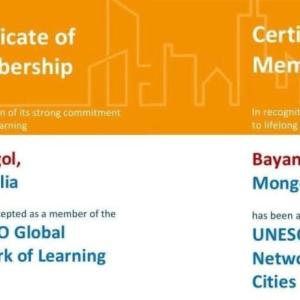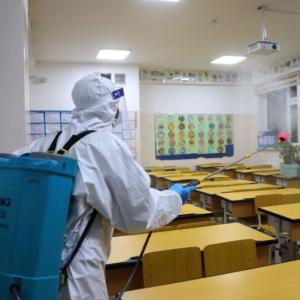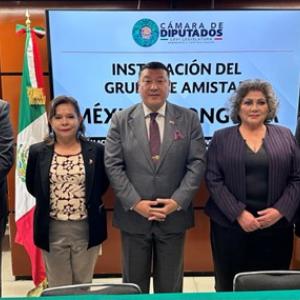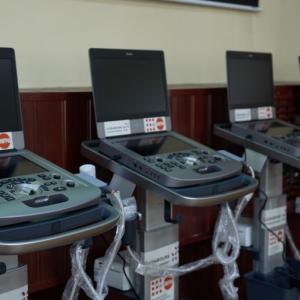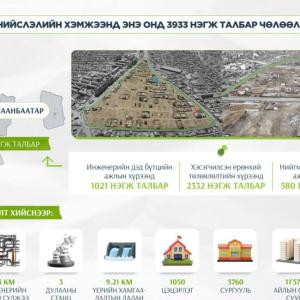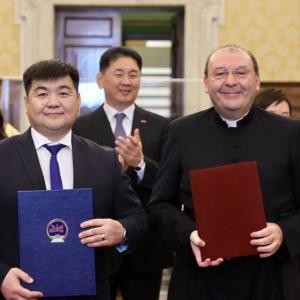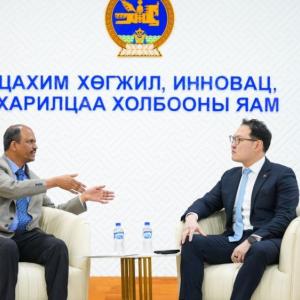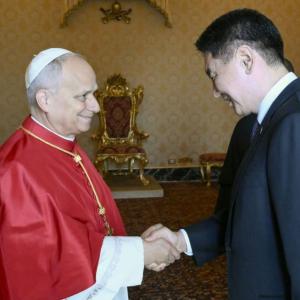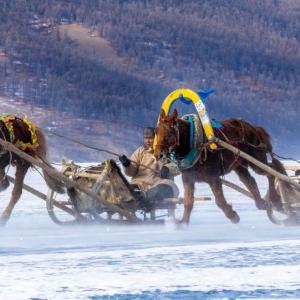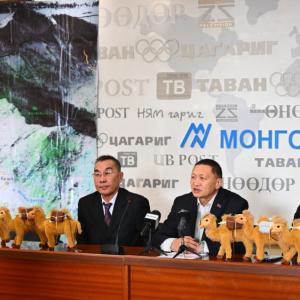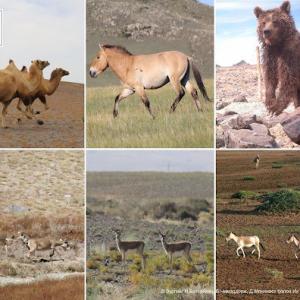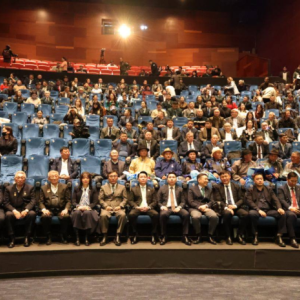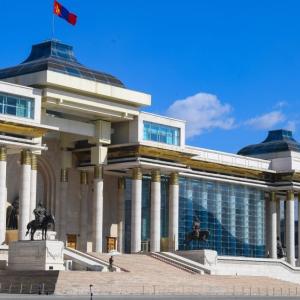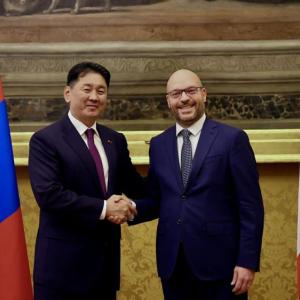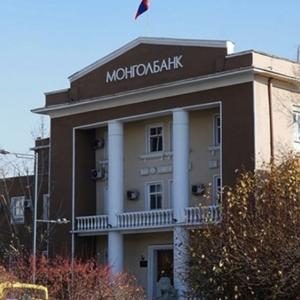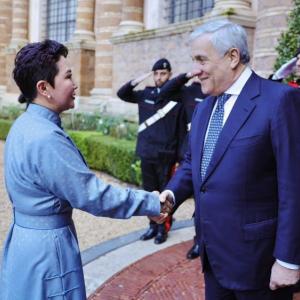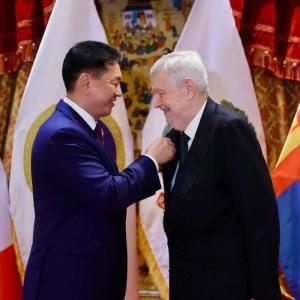Saruul Bulgan: “Women Entrepreneurs Plan Their Businesses More Optimistically Than Men”
Interview
We spoke with Ms. Saruul Bulgan, Secretary General of the Mongolian National Chamber of Commerce and Industry (MNCCI), about the Chamber's work, women's entrepreneurship, and exciting new opportunities in the digital economy.
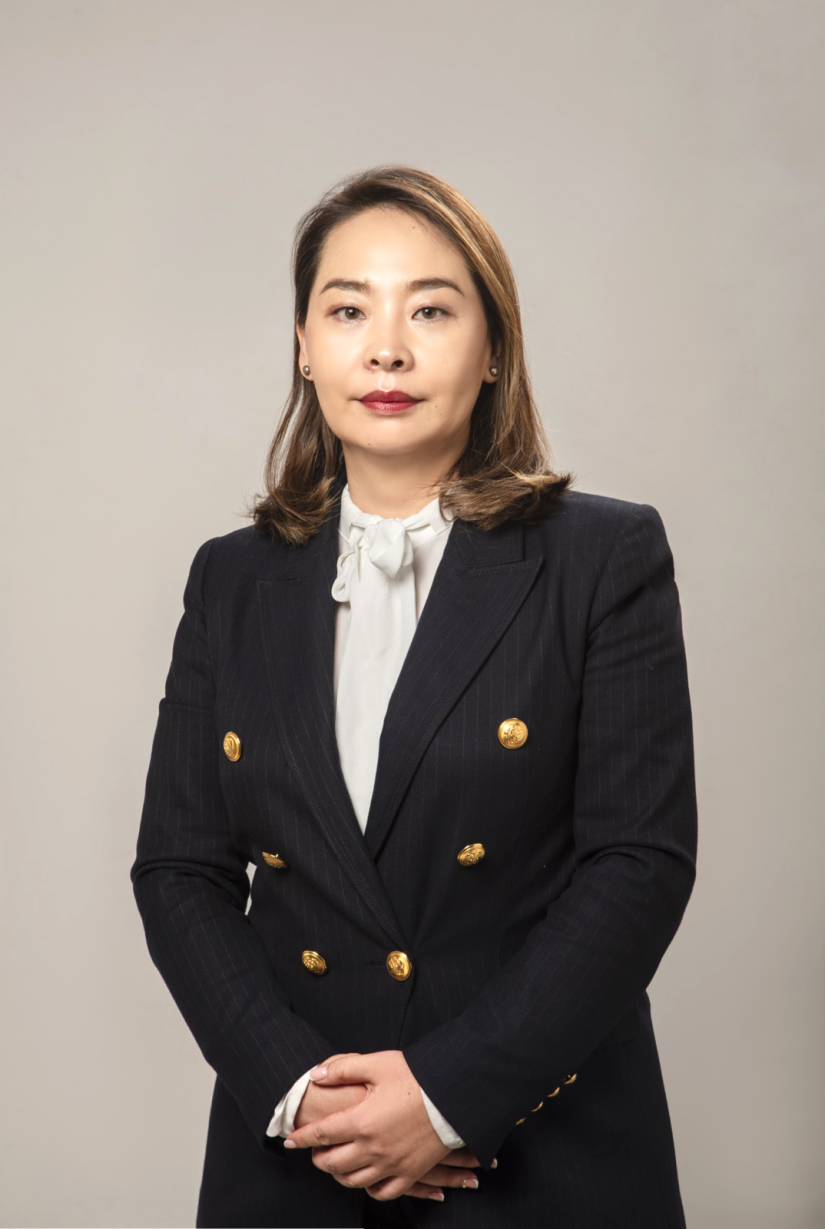
The Mongolian National Chamber of Commerce and Industry
represents the voice of the private sector. Could you briefly introduce your
organization to our readers?
The Mongolian National Chamber of Commerce and Industry (MNCCI) has a proud history of 65 years. As mandated by the Law on Commerce and Industry, our core mission is policy advocacy. We represent the interests of the private sector, communicate their recommendations to the Government of Mongolia, and work to ensure that these insights are reflected in national policy. We also support foreign trade and export development. The Chamber actively partners with other chambers of commerce worldwide, organizing business forums, B2B meetings, and various trade facilitation events. With over 6500 member companies nationwide — 3,500 of which are located in rural areas — our reach is truly national. We operate 21 policy councils focused on various sectors, helping shape proposals and providing timely policy feedback. In recent years, Mongolia’s economic contraction — partly due to the COVID-19 pandemic — has raised concerns, particularly around employment. The Chamber is deeply engaged in efforts to reduce unemployment, with a special focus on supporting young women entering the workforce.
What initiatives has MNCCI launched to empower women entrepreneurs?
MNCCI
has implemented numerous projects supporting women entrepreneurs in partnership
with international organizations. We’ve worked closely with the UNDP, The Asia
Foundation, the European Union, and the International Trade Center to help
women-led businesses grow and scale. Our major initiative for 2025 is the
“Supporting Women Exporters in the Digital Economy” project, developed in collaboration
with the World Trade Organization (WTO) and the International Trade Center.
Through this project, MNCCI will disburse a total of USD 1 million in grants
over two years to 100 women-owned or -led businesses. In addition to funding,
recipients will receive training and ongoing support. This initiative is
expected to boost job creation and strengthen Mongolia’s export capacity.
How does this tie into
Mongolia’s broader employment landscape for women?
As
of late 2022, the employment rate for working-age women in Mongolia was just
53.4 percent, compared to 68.3 percent for men. This gap is concerning. We’re
working closely with government ministries on a draft law to support women
entrepreneurs and drive higher participation in the formal labor market. We
also see this as a moment to rethink the care economy and formalize more
employment opportunities for women. Strengthening women’s workforce
participation has the potential to significantly contribute to GDP growth.
What is the
representation of women at the leadership level in Mongolian businesses?
Globally,
only 8 percent of the companies on the 2021 Fortune 500 list had female CEOs.
By contrast, Mongolia has a notably higher representation: 68 percent of
businesses have female managers, although 87 percent of these are
micro-enterprises with fewer than 10 employees. Of Mongolia’s 199,000
self-employed individuals, 42 percent — around 84,000 — are women.
In sectors like trade, services, finance, education, and healthcare, 72 percent of informal workers are women. According to the 2023 Entrepreneurship and Gender report, 39.6 percent of Mongolian businesses have female directors, while 29.6 percent are majority-owned (51 percent or more) by women. However, the decline in the proportion of female entrepreneurs at the ownership level is an area of concern.
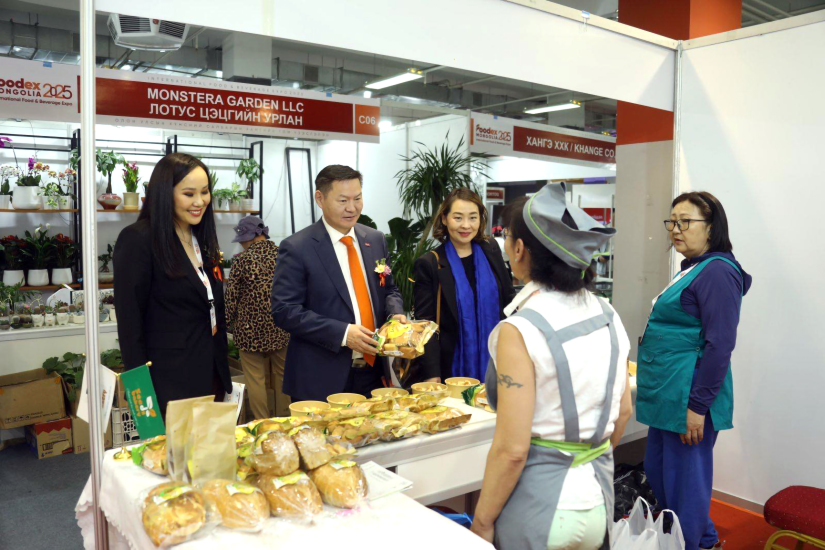
Are there insights into
how male and female entrepreneurs differ in their business outlooks?
Our
Business Confidence Index survey shows that female entrepreneurs tend to be
more optimistic about their business prospects than their male counterparts.
However, they face significant barriers when it comes to growth — including
limited access to collateral, high loan interest rates, restrictive loan terms,
and challenges in hiring and retaining skilled staff.
What is the current
landscape of Mongolian exporters?
Mongolia
has 1,923 registered enterprises producing goods or services for export — just
4.2 percent of all businesses. Of these, 704 are regular exporters. Notably, 95
percent of them export non-mining products across sectors like agriculture,
wholesale and retail trade, transportation, and tourism. In terms of scale,
55.5 percent of these businesses have annual revenues under MNT 300 million.
Around 81 percent are classified as micro, small, or medium enterprises
(MSMEs). Additionally, 15.7 percent of exporting firms are foreign-invested. In
the mining sector, this figure jumps to 45.5 percent.
Spotlight on the
WEIDE Fund Project
MNCCI recently began
accepting applications for the "Supporting Women Exporters in the Digital
Economy" Project. Could you share more about it?
Yes,
we’re excited to be part of this major international initiative. The WEIDE
(Women Exporters in the Digital Economy) Fund was launched during the 13th WTO
Ministerial Conference with a total of USD 50 million. Its goal is to tackle
the challenges women entrepreneurs face in entering and thriving in digital
trade.
MNCCI
submitted its application in October 2024 and, after a competitive selection
process, we were officially chosen as one of four global implementing
organizations—alongside counterparts in the Dominican Republic, Jordan, and
Nigeria. This project will significantly raise Mongolia’s profile in global
trade and lay the foundation for future collaborations and opportunities.
Defining Women-Owned
Businesses in the Mongol Context
While international norms typically define women-owned businesses as those with 51 percent or more female ownership, WEIDE uses a more inclusive threshold for Mongolia: businesses with at least 25 percent female ownership qualify, provided they are led or co-led by women and include women in governance roles such as the board of directors. So far, over 300 women entrepreneurs have applied. Initially, 20 companies were to receive grants of USD 30,000, but given the strong interest, we are working to expand the number of recipients.
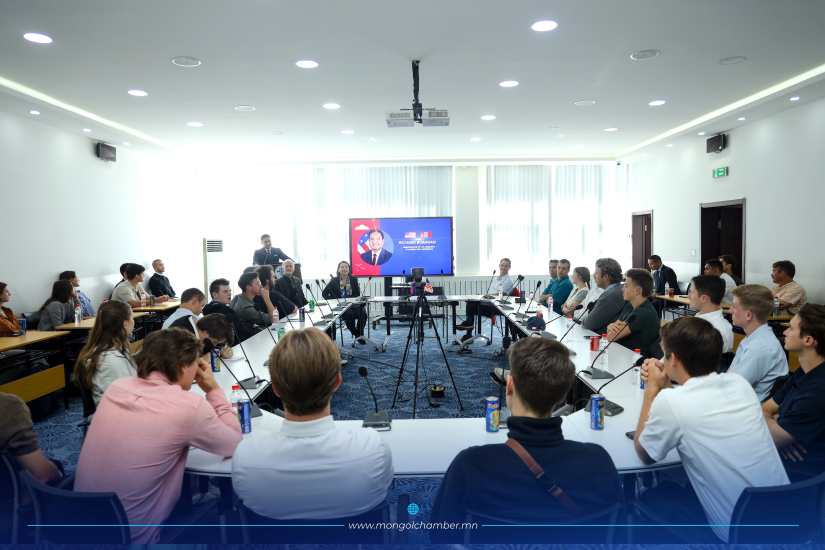
Opportunities Under the WEIDE Fund
What types of funding
are available?
There
are two types of non-repayable grants:
1.Discovery
Grant (up to USD 5000): For micro and small enterprises exploring digital
export potential.
2.Booster Grant (up to USD 30000): For SMEs that are already exporting and ready to enhance their digital capabilities and expand internationally.
Who is eligible?
To
qualify, businesses must:
•Be
at least 25 percent owned by women,
•Have
female leadership at the management level,
•Include at least one woman on the board (if applicable). At this stage, the project focuses on sectors suitable for digital trade — such as fashion, handicrafts, wool and cashmere, and tourism. Food and cosmetic producers are not currently eligible.
What support will the selected
businesses receive?
In addition to funding, recipients will gain access to technical support, international business networks, and guidance aimed at enhancing competitiveness and digital trade skills.
Final thoughts?
Digital platforms offer an unprecedented opportunity for women entrepreneurs to connect with markets around the world. They also enable more flexible work arrangements, which is particularly important for women balancing multiple roles. Supporting women in this space is not just about gender equality — it’s a strategic move toward inclusive and sustainable economic growth.
 Ulaanbaatar
Ulaanbaatar








